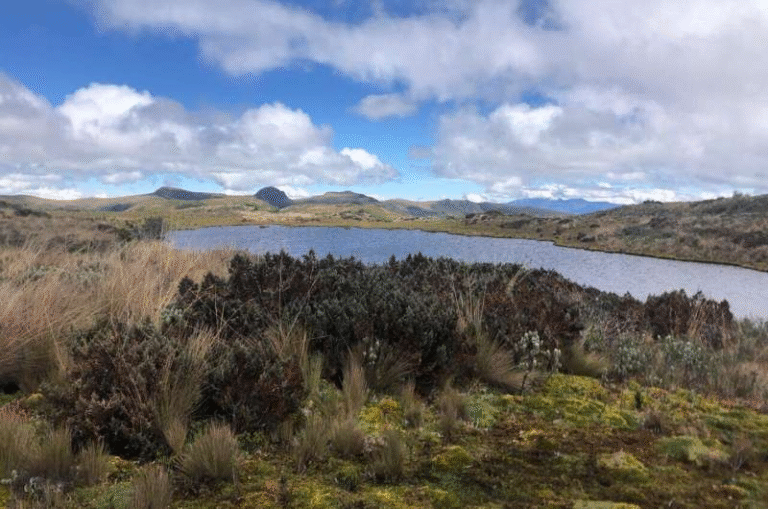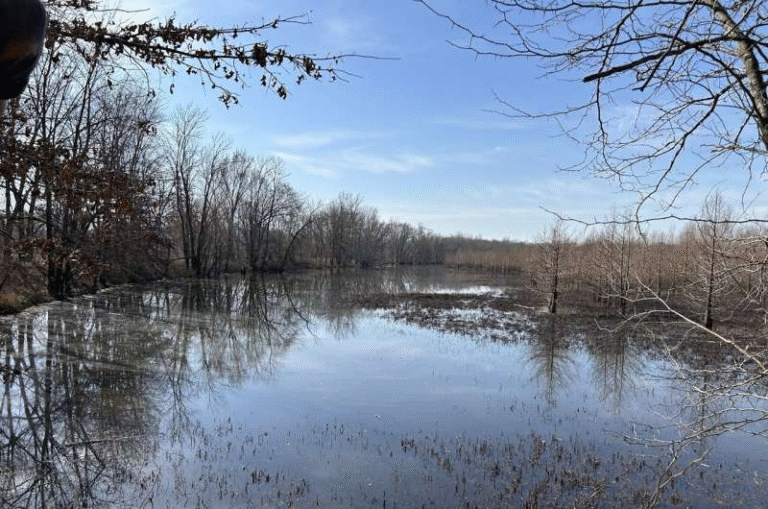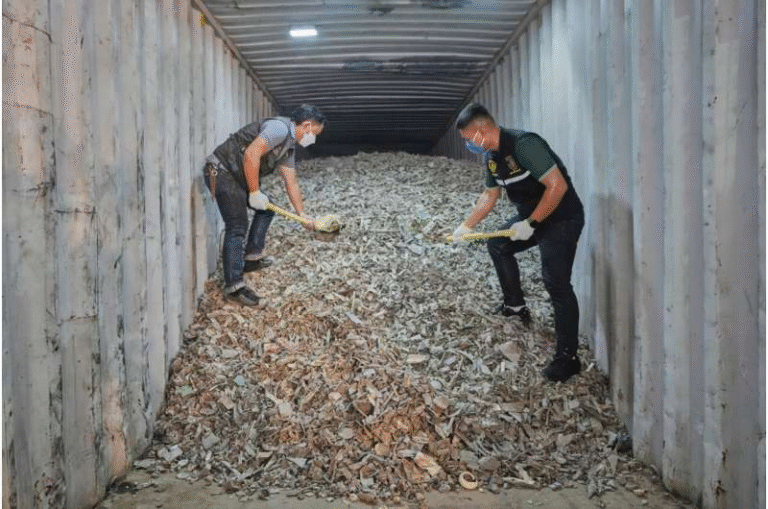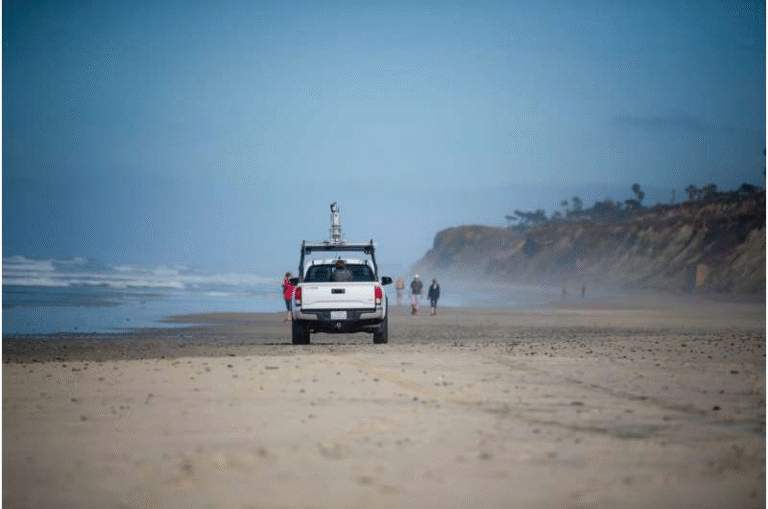Retreating Glaciers Could Be Sending Fewer Nutrients to the Ocean, Scientists Warn
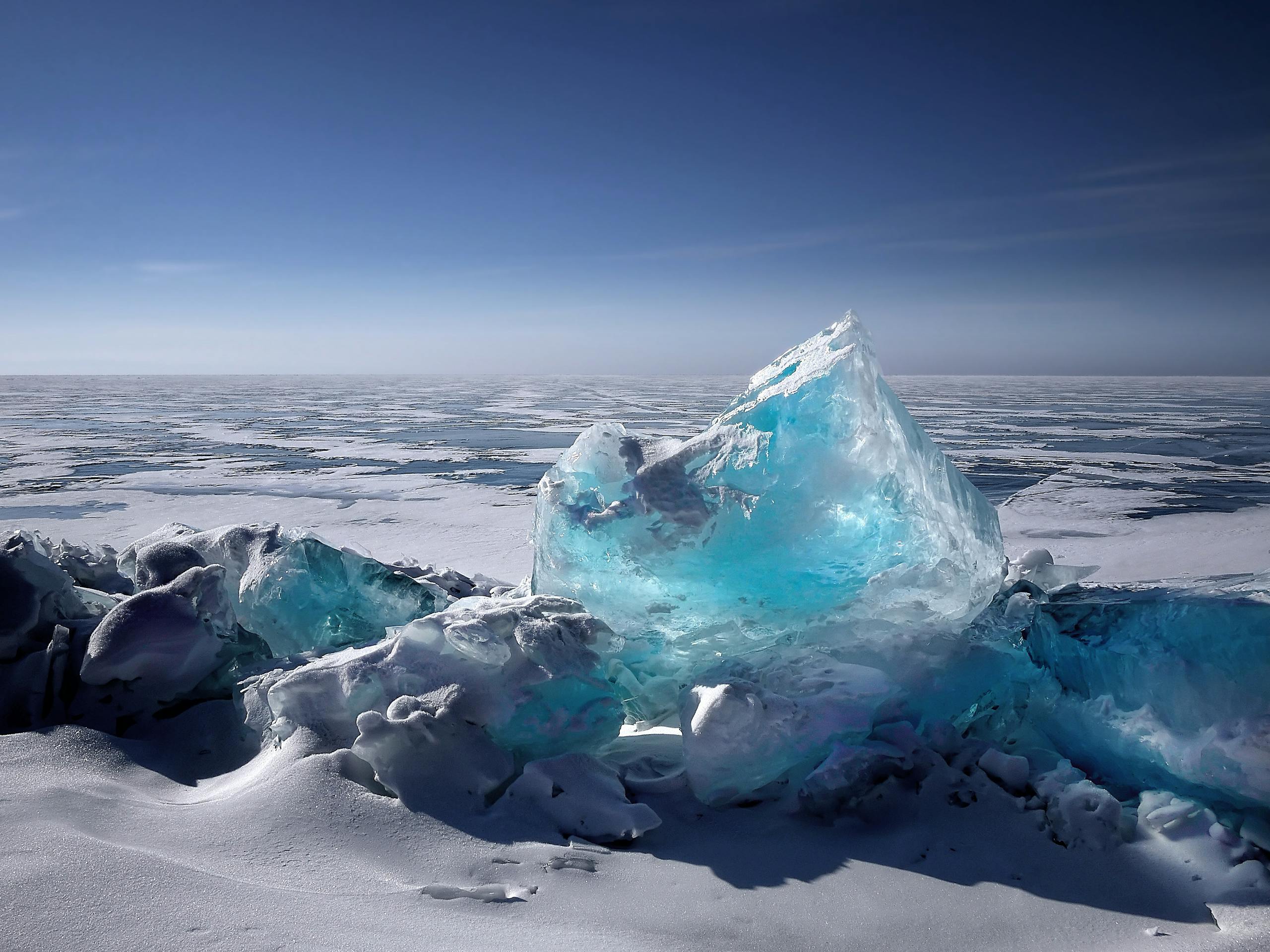
A new study from the University of California San Diego’s Scripps Institution of Oceanography has uncovered something both fascinating and concerning about our changing planet. It turns out that as glaciers retreat due to climate change, the water flowing from them may be becoming less nutritious for ocean life. The findings, published in Nature Communications on October 22, 2025, suggest that this shift could have significant effects on the marine ecosystems that depend on these icy nutrient sources.
What the Study Found
Researchers from Scripps, led by geochemist Sarah Aarons and postdoctoral fellow Kiefer Forsch, studied two glaciers located side by side on Alaska’s Kenai Peninsula: the Aialik Glacier and the Northwestern Glacier. The two glaciers are remarkably close together, but their stories differ. While Aialik Glacier has remained relatively stable over the decades, Northwestern Glacier has retreated by about 15 kilometers (9 miles) since 1950.
This setup provided what scientists call a “natural experiment.” Because both glaciers grind over nearly identical types of bedrock, any differences in the composition of their meltwater could be attributed to their retreat status rather than geological variations.
During a field expedition in May 2022, the team collected samples of surface water, suspended sediments, and even chunks of iceberg material from the fjords where these glaciers meet the ocean. These samples were then analyzed to measure the concentrations of key micronutrients, particularly iron and manganese, which play essential roles in marine ecosystems.
The results were clear: meltwater from the retreating Northwestern Glacier contained significantly lower amounts of bioavailable nutrients than the stable Aialik Glacier. Specifically, in sediments from Aialik Glacier, about 18% of iron and 26% of manganese were in forms that marine organisms can use. In contrast, Northwestern Glacier’s sediments had only 13% bioavailable iron and about 14–15% bioavailable manganese.
Why These Elements Matter
To understand why this matters, it helps to know a bit about how ocean life works. The base of nearly every marine food web is formed by phytoplankton—tiny, plant-like organisms that drift through the ocean and perform photosynthesis, just like land plants. In doing so, they absorb carbon dioxide from the atmosphere and produce oxygen, making them one of the most important groups of organisms on Earth.
However, phytoplankton need micronutrients like iron and manganese to grow. These metals are scarce in many parts of the ocean, including the Gulf of Alaska and the Southern Ocean, where glacial meltwater is one of the main natural sources. When glaciers grind across rocks, they create fine sediments rich in these nutrients. These sediments get flushed into the sea by meltwater runoff, fueling phytoplankton growth and supporting entire marine ecosystems, including fish populations and commercial fisheries.
So, when glaciers start sending meltwater with fewer bioavailable nutrients, it’s not just a chemical curiosity—it could influence the productivity of ocean ecosystems and the health of fisheries that humans depend on.
The Science Behind the Decline
The research team wanted to understand why retreating glaciers seem to produce poorer-quality meltwater. Their data suggest that the difference lies in how long meltwater and sediments spend interacting before reaching the ocean.
In the case of the stable Aialik Glacier, sediments are eroded and carried relatively quickly into the ocean, meaning the nutrients stay in a “fresher” chemical form that’s easier for marine organisms to use.
By contrast, meltwater from the retreating Northwestern Glacier has to travel a longer distance through subglacial channels and exposed terrain before reaching the sea. This extended contact time between rock, sediment, and water allows for more chemical weathering—a process that transforms reactive metals like iron and manganese into forms that are less soluble and less bioavailable.
In simpler terms: more weathering equals fewer usable nutrients. So even though retreating glaciers might discharge more sediment into the ocean, that sediment is chemically “tired”—it’s less nourishing to the marine food web.
Broader Implications for the Ocean
If this pattern holds true for glaciers around the world, the consequences could be profound. Most tidewater glaciers—those that flow directly into the ocean—are now shrinking due to rising global temperatures. The study implies that as they continue to retreat, the quality of the nutrients they supply will decrease, even if the quantity of meltwater increases.
That’s especially concerning for high-latitude regions such as Alaska, Greenland, and Antarctica, where glacial runoff plays a major role in sustaining marine life. If phytoplankton growth slows down due to reduced nutrient input, this could ripple through the food chain, affecting everything from small fish to whales and even the commercial fisheries that feed millions of people.
Moreover, since phytoplankton absorb vast amounts of carbon dioxide, any decline in their productivity could slightly weaken one of the planet’s natural mechanisms for climate regulation.
A Word on the Study’s Limitations
The researchers are careful to note that this study focused on just two glaciers in one region, so we can’t yet assume that the same patterns apply everywhere. The bedrock composition, hydrology, and rate of retreat can differ significantly between glaciers, and all of these factors influence the chemistry of meltwater.
Still, the findings provide a strong starting point for understanding how glacial retreat can affect nutrient dynamics. The scientists hope that future research will analyze meltwater from multiple glaciers around the world, each at different stages of retreat, to determine whether the same trends emerge elsewhere.
This kind of information could be vital for predicting how marine ecosystems will respond as glaciers continue to disappear.
A Little More About Glaciers and Nutrients
Glaciers might seem like lifeless rivers of ice, but they are actually geochemical factories. As they grind across mountains, they pulverize rocks into fine mineral dust. When this dust mixes with meltwater and flows into the ocean, it releases trace elements that are vital for life.
Interestingly, scientists have found that iron from glacial runoff is one of the main reasons that certain cold oceans—like those near Greenland and Antarctica—are able to sustain rich ecosystems despite their harsh conditions. Some regions, known as High-Nutrient, Low-Chlorophyll (HNLC) zones, have plenty of macronutrients like nitrogen and phosphorus, but their productivity is limited by the scarcity of trace metals like iron.
In these places, glacial meltwater acts as a natural fertilizer. That’s why understanding how the chemical form of these nutrients changes as glaciers retreat is so important. If the iron is present but not in a form that organisms can use, it’s almost as if the ocean is being fed “empty calories.”
What’s Next
The team, including co-author Angel Ruacho (now with the U.S. Environmental Protection Agency), plans to expand this research to other glaciers. Their goal is to see whether the same geochemical patterns—lower bioavailable nutrients from retreating glaciers—show up in other parts of the world.
Future work may also look at seasonal variations and at how dissolved nutrients (not just those attached to sediments) change with glacial retreat. These insights could help scientists refine climate and ecosystem models that predict how oceans will respond as the planet warms.
For now, the takeaway is clear: not all meltwater is created equal. As glaciers retreat, their runoff may become less nourishing to the oceans, subtly reshaping marine ecosystems that depend on them.
Research Reference:
Tidewater cycle drives alpine glacial sediment plume geochemistry – Nature Communications (2025)

